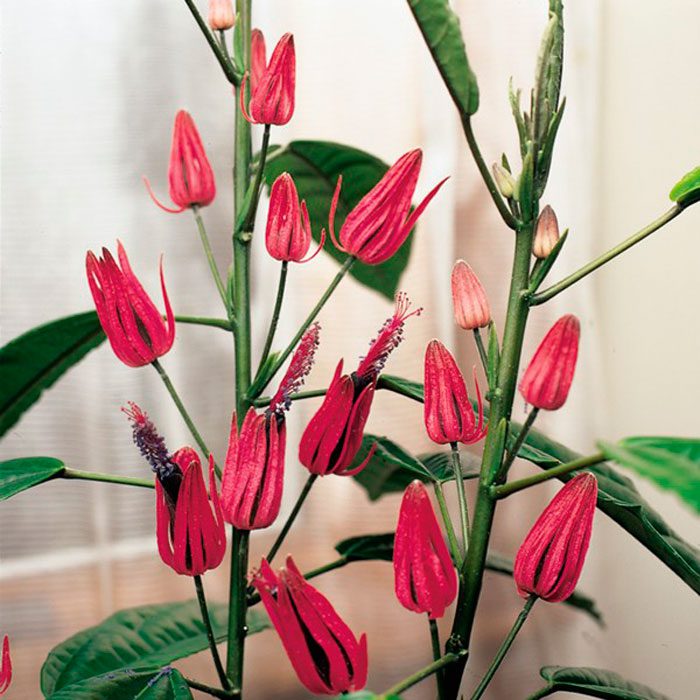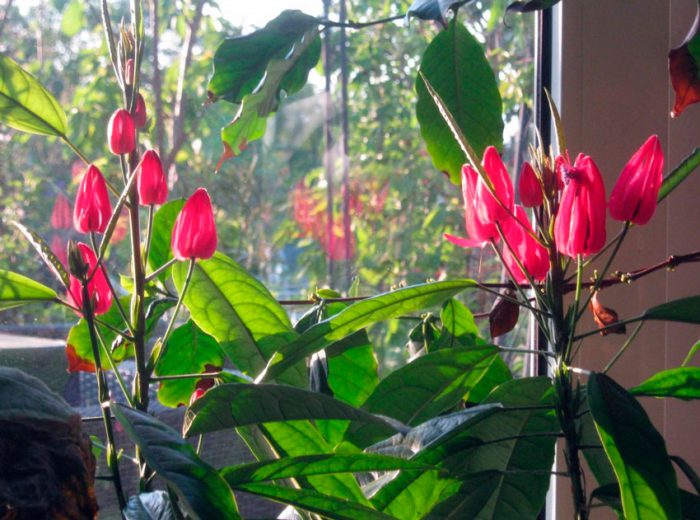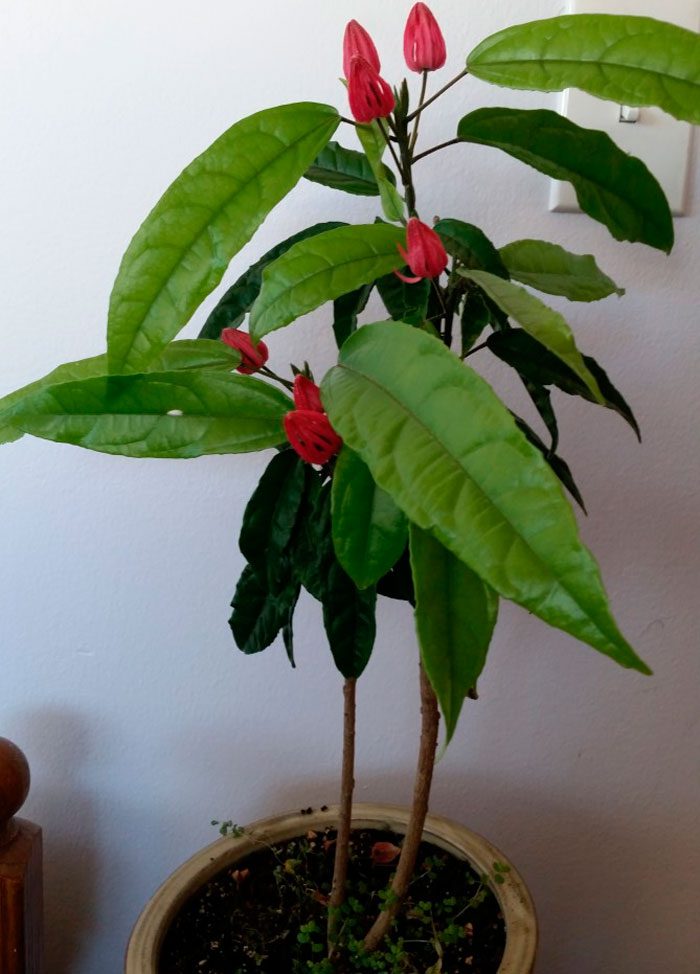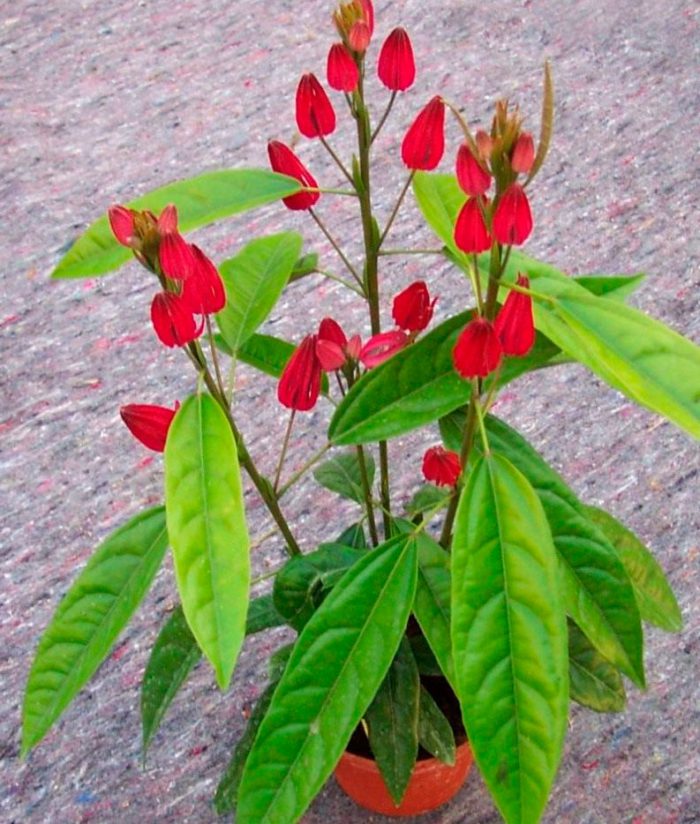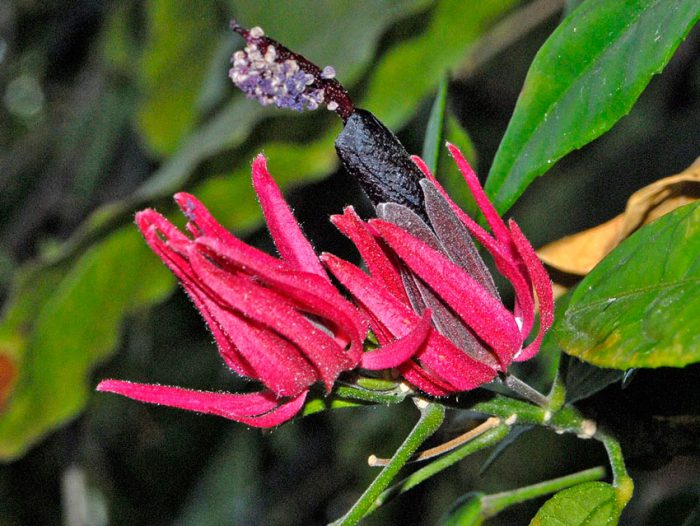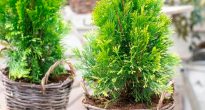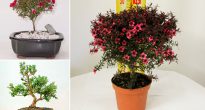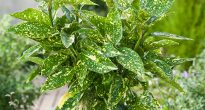Evergreen shrub pavonia (Pavonia) is directly related to the Malvaceae family. Its homeland is the tropical regions of America, Asia, Africa and Australia, as well as the islands in the Pacific Ocean.
This plant is not often found in the collections of florists. And this is due to the fact that it is quite problematic to reproduce it. So, cuttings take root very difficult. For this, greenhouse conditions are used, where the temperature is maintained at 30-35 degrees. Phytohormones are also needed. Reproduction is also complicated by the fact that the stem of the flower, as a rule, grows only one, and the lateral ones are formed extremely rarely, even during pruning.
The stems of such evergreen shrubs can be either naked or pubescent. As a rule, leaf plates are solid, but lobular ones are also found. Flowers grow at the tops of the stems.
Content
Home care for pavonia
Illumination
Pavonia needs bright lighting, which must be diffused. Shade from direct sunlight is required. In winter, it also needs good lighting, so experts advise highlighting the plant during this period.
Temperature regime
In spring and summer, such a plant needs a temperature in the range of 18-22 degrees. With the onset of the autumn period, it simply needs to be lowered to 16-18 degrees. In winter, it is recommended to move the flower to a well-lit and cool enough place (at least 15 degrees). Protect it from drafts.
Humidity
High humidity is required. To increase moisture, you need to regularly moisten the foliage from the sprayer using soft water at room temperature, while trying to keep moisture away from the surface of the flowers. Take a relatively wide tray and line the bottom with sphagnum or expanded clay, and then pour in a small amount of water. In this case, make sure that the bottom of the container does not come into contact with the liquid.
How to water
Watering in spring and summer should be abundant and only after the top layer of the substrate dries up. In autumn it is necessary to water less, so this procedure is carried out 2-3 days after the top layer of the soil dries out. Make sure that the earthen lump does not dry out completely, and that liquid should not stagnate in it. After the flower has been watered, wait 10 to 20 minutes and empty the pan.Pour with soft water, which should be at room temperature.
Top dressing
Top dressing is carried out in spring and summer 1 time in 2 weeks. Complex fertilizer for flowering indoor plants is perfect for this.
Transplant features
The transplant is carried out in the spring and only if necessary, for example, when the root system ceases to fit in the pot. Suitable soil should be nutrient-dense, light, and its pH is 6. To prepare an earth mixture, you will need to combine leaf, turf and humus soil with sand, which should be taken in a ratio of 3: 4: 1: 1. Do not forget to make a good drainage layer at the bottom of the container.
Reproduction methods
It can be propagated by seeds and cuttings.
The apical cuttings are cut in early spring and placed for rooting in a mini-greenhouse, in which a fairly high air temperature is maintained (from 30 to 35 degrees). The use of phytohormones will be required. Rooting is quite long and difficult.
Pests and diseases
The plant can settle thrips, spider mites, aphids and whitefly.
With excessive watering and cool content, root disease can develop.
If there is a lot of calcium and chlorine in the water, then chlorosis may develop.
Possible difficulties
As a rule, difficulties in growing pavonia are associated with improper care:
- falling of unopened buds - poor watering, too cold or in need of feeding;
- flowering does not come - wintering in a warm place, there is a lot of nitrogen in the soil, poor lighting, insufficient watering during intensive growth;
- drooping leaves that have lost turgor - poor watering.
Main types
Pavonia multiflora (Pavonia multiflora)
This evergreen shrub is often single-stemmed. The shape of its leaves is lanceolate-ovate, while the edges are strongly serrated. Their length varies from 15 to 20 centimeters, and their width is equal to 5 centimeters, the seamy surface is rough. Axillary flowers have linear-reed petals, which are arranged in 2 rows, while the inner ones are slightly longer than the saturated red outer ones. The inner surface of the closed rim is colored dark red, and the outer surface is dark purple. There are also deep red bracts.
Spear Pavonia (Pavonia hastata)
It is a compact evergreen shrub. Its dark green pointed leaves have a triangular base and a serrated edge. In length, they can reach 5-6 centimeters. Most often there are white flowers, but sometimes they are pinkish, with a bright burgundy or red center. The diameter of the flowers is 5 centimeters.

